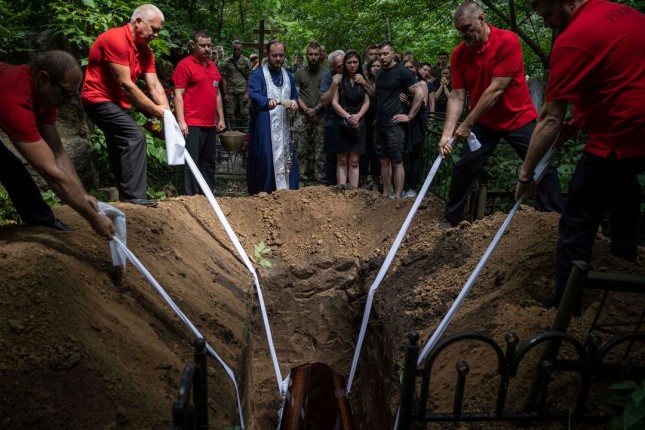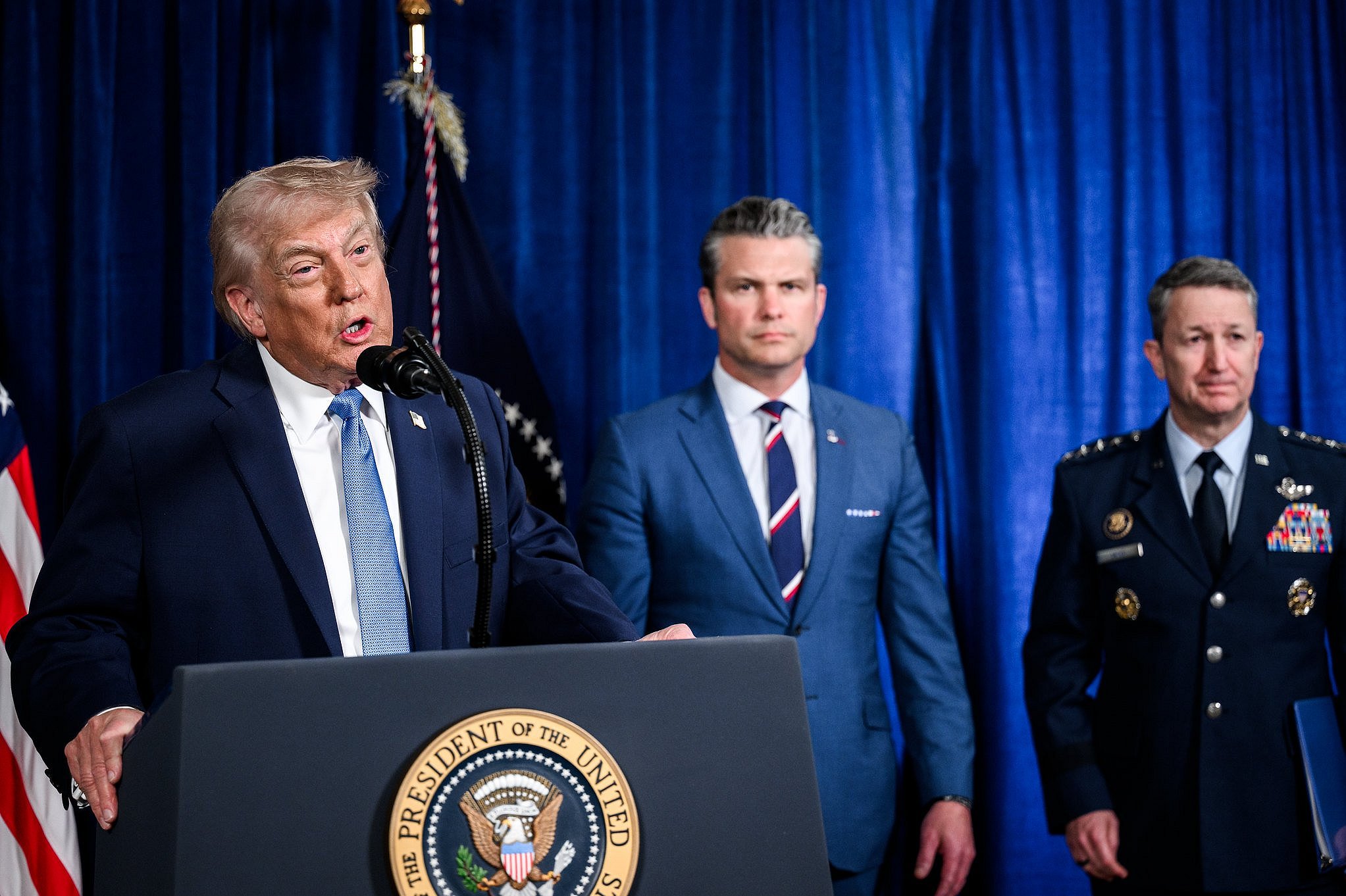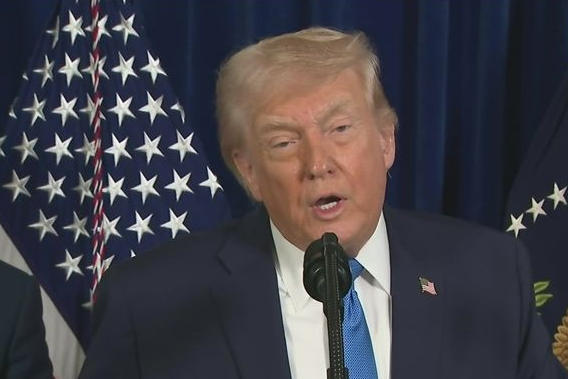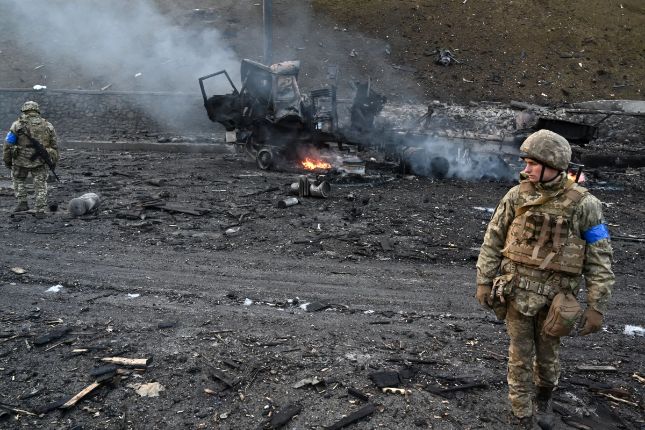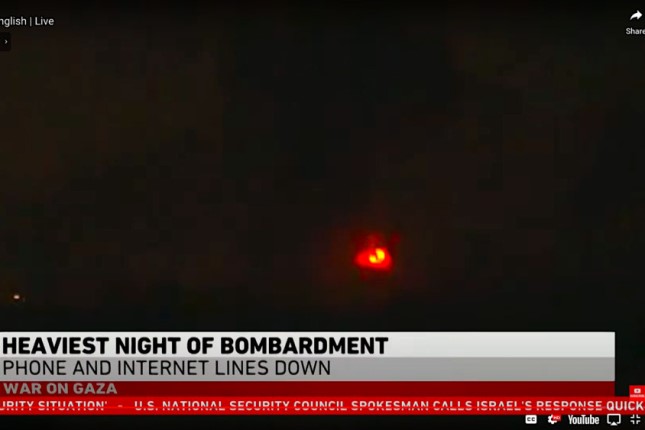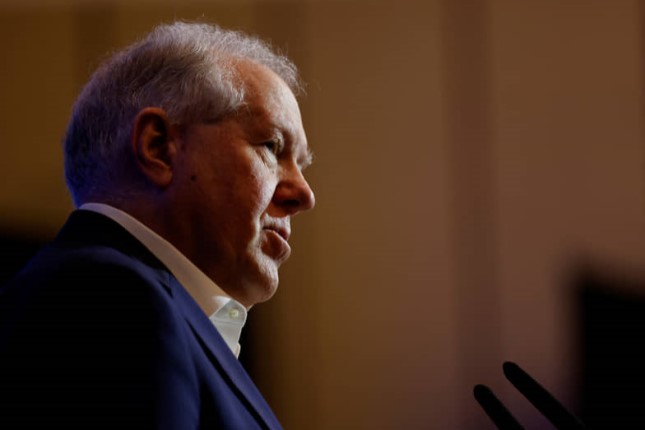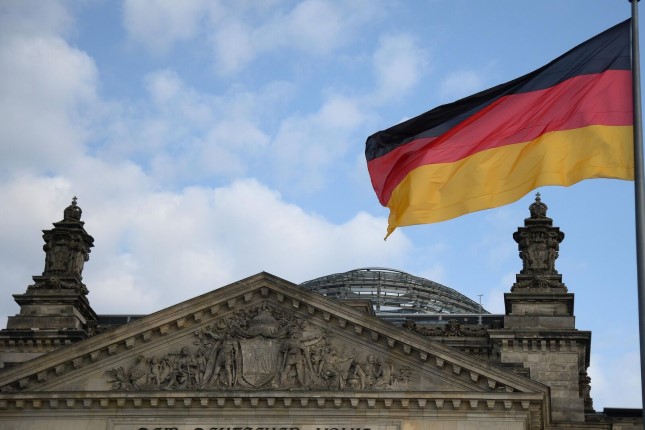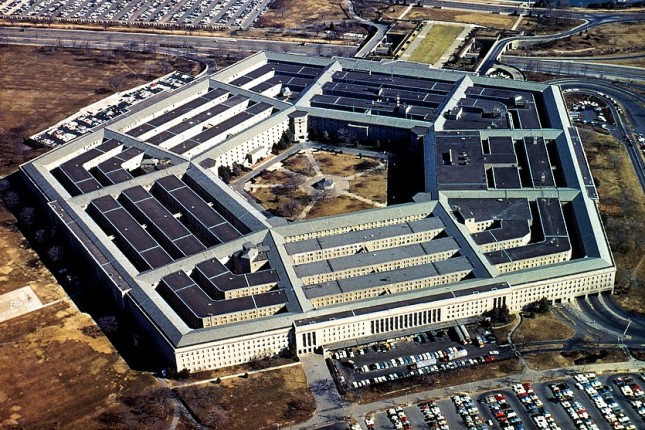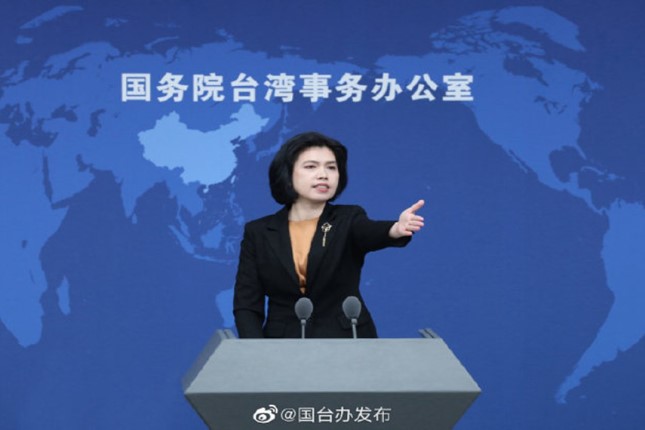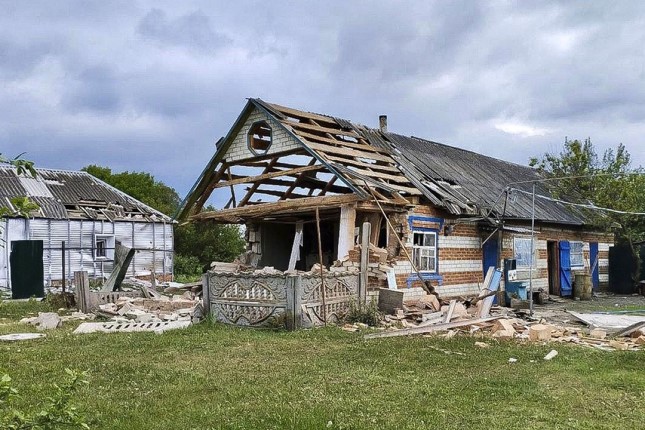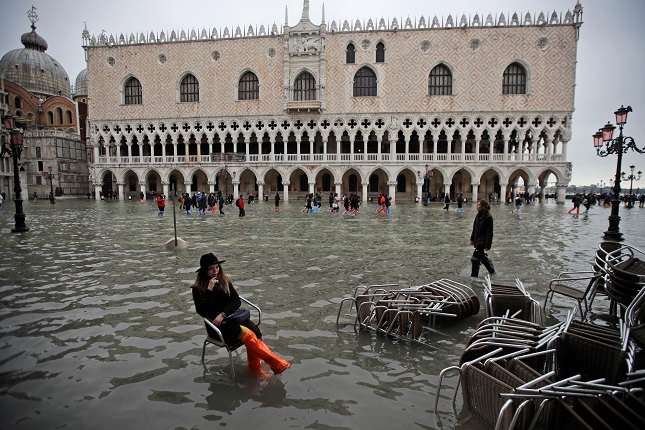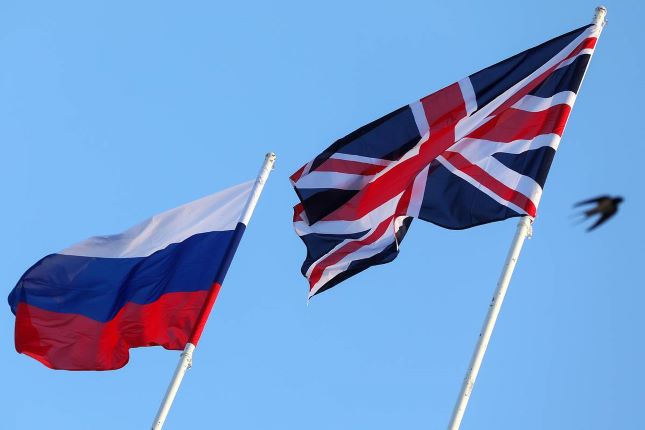On Tuesday, the Wall Street Journal published an article describing levels of mass injury among Ukrainian troops that are horrendous.
The article claimed that 50,000 or more Ukrainians have become amputees, citing data from Germany’s Ottobock, the world’s largest prosthetics manufacturer. As the article explains, this would put the level of amputations in the Ukraine war on par with those of major combatants in the First World War.
The article reports, “67,000 Germans and 41,000 Britons had to have amputations during the course of World War I, when the procedure was often the only one available to prevent death.”
The number of Ukrainian troops who have died in the war is one of the most closely guarded secrets of the conflict. The number is known by the Ukrainian and American governments, but not revealed to the public. But using the data published by the Wall Street Journal, it is possible to draw certain conclusions.
During World War I, 880,000 British forces died, or 12.5 percent of those serving. If amputations among Ukrainian troops have eclipsed those of the UK in the First World War, when the procedure was far more common than it is now, this implies that the death toll among Ukrainians is in the hundreds of thousands.
The article contains another horrifying figure. The Journal reports that “between 5% and 10% of all deployed troops were killed, according to Ukrainian military estimates shared with a group of US military surgeons.” It adds, “In comparison, only 1.3% to 2% of US troops deployed in recent conflicts died in action.” In other words, the fatality rate of Ukrainian troops is up to five times greater than that suffered by American soldiers in recent wars.
This is the context in which the US military and political establishment issues its constant demands that Ukraine renew its offensive. In an article titled, “Ukrainian Troops Trained by the West Stumble in Battle,” the New York Times on Thursday explained, in the form of yet another buried lede, a major motivating factor in the United States’ insistence that Ukraine carry out wave after wave of attacks on well-defended Russian positions.
The Times wrote that “The Americans called for ‘combined arms tactics—synchronized attacks by infantry, armor, and artillery forces.’” It continued, “Western officials championed that approach as more efficient than the costly strategy of wearing Russian forces down by attrition, which threatens to deplete Ukraine’s ammunition stocks.”
In other words, given the shortage of ammunition, US officials have called for repeated assaults on Russian trenches, which have resulted in tens of thousands of casualties. Clearly, the American generals believe that Ukrainian lives are more expendable than shells.
The US media’s touting of the Ukrainian counter-offensive and Kiev’s “combined arms” offensives has been shown to be nothing but self-deluded propaganda. In reality, as recent reports in the US media reveal, US military officials knew that these supposedly sophisticated military operations, conducted without air support, would simply be World War I-style frontal assaults, resulting in World War I-level carnage.
The total failure of the counteroffensive can be inferred from the shift in tone of the US media: from triumphal declarations that the tide of the war is about to turn to desperate assertions that all may not be lost, after all.
Writing in the Guardian, Julian Borger admits that “Hopes of a rapid breakthrough proved over-optimistic in the face of entrenched defenses.” He continues: “The first casualty of the Ukrainian counteroffensive was wishful thinking. Any hope that Russian troops would abandon their trenches and flee has now been left far behind on the battlefield.”
This is coming from a newspaper that was a central proponent of such “wishful thinking.” In an article published in May by Timothy Garton Ash, the Guardian called the coming period a “make-or-break counteroffensive,” potentially bringing “a decisive Ukrainian victory.”
In words that now sound delusional, Ash compared the offensive to the victorious Normandy invasion against Nazi Germany. “Decisive Ukrainian victory is now the only sure path to a lasting peace, a free Europe, and ultimately a better Russia. This alone would be the new VE (Victory in Europe) Day.”
He mused: “If the Ukrainian army can push rapidly south to the Sea of Azov, encircle a large number of demoralised Russian forces and cut the supply lines to the Crimean peninsula, there might be some non-linear collapse of Russian military morale on the ground and regime cohesion in Moscow.”
Such claims prevailed throughout the American media. Writing in the Washington Post, David Ignatius exulted, “This assault could turn the tide of the battle for Ukraine, just as the Allied assault on the Normandy beaches altered the trajectory of World War II.”
These illusions have been shattered. “Initial Ukrainian assaults got mired in dense, overlapping minefields,” Borger writes in the Guardian. “For all the focus on the delivery of Leopards and other Western tanks in the run-up to the launch of the offensive on June 4, Ukrainian armor failed to provide the clenched fist needed to breach the lines.”
For all their talk of defending “self determination,” the US and NATO powers view Ukrainians as so much cannon fodder in their conflict with Russia. The United States has sought to weaken Russia in a bloody war of attrition with the aim, in the words of US President Joe Biden, of “turning the ruble to rubble.” This was to be accomplished through the destruction of an entire generation of Ukrainian youth, whose lives are being squandered in the name of king dollar.
Photo: Funeral workers down the coffin with Ukrainian soldier Andrii Husak aka Lytsar of 47th brigade during a funeral ceremony in Dnipro, Ukraine, Tuesday, July 11, 2023 © AP Photo.
Source: World Socialist Web Site.
